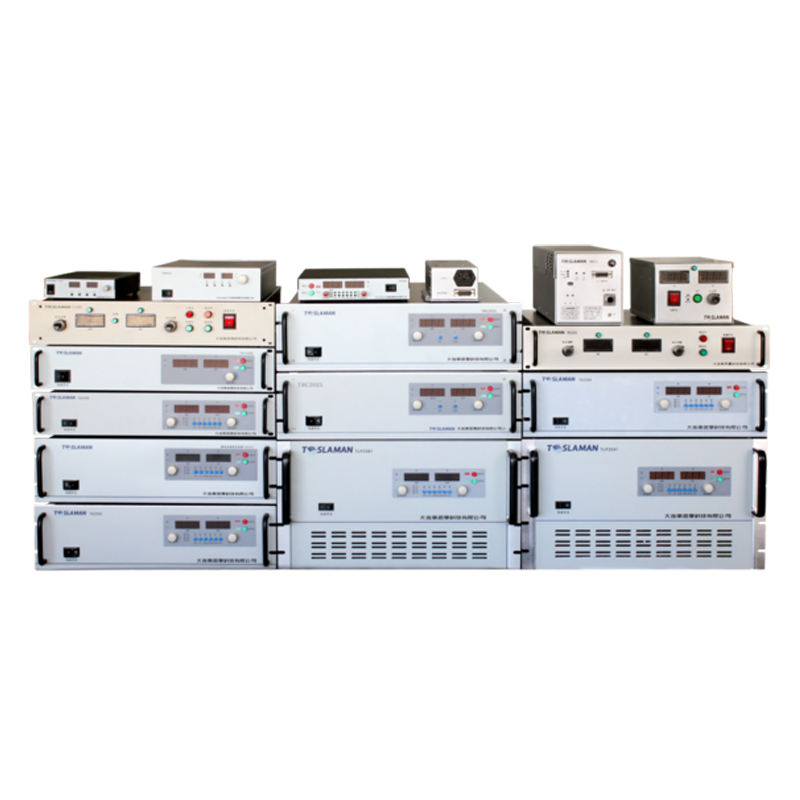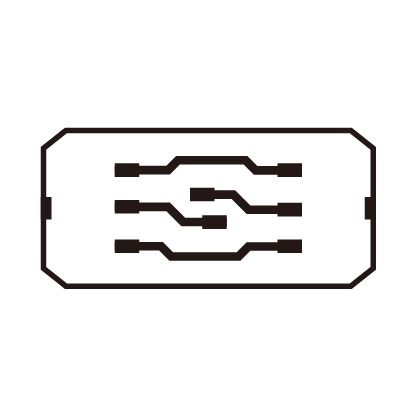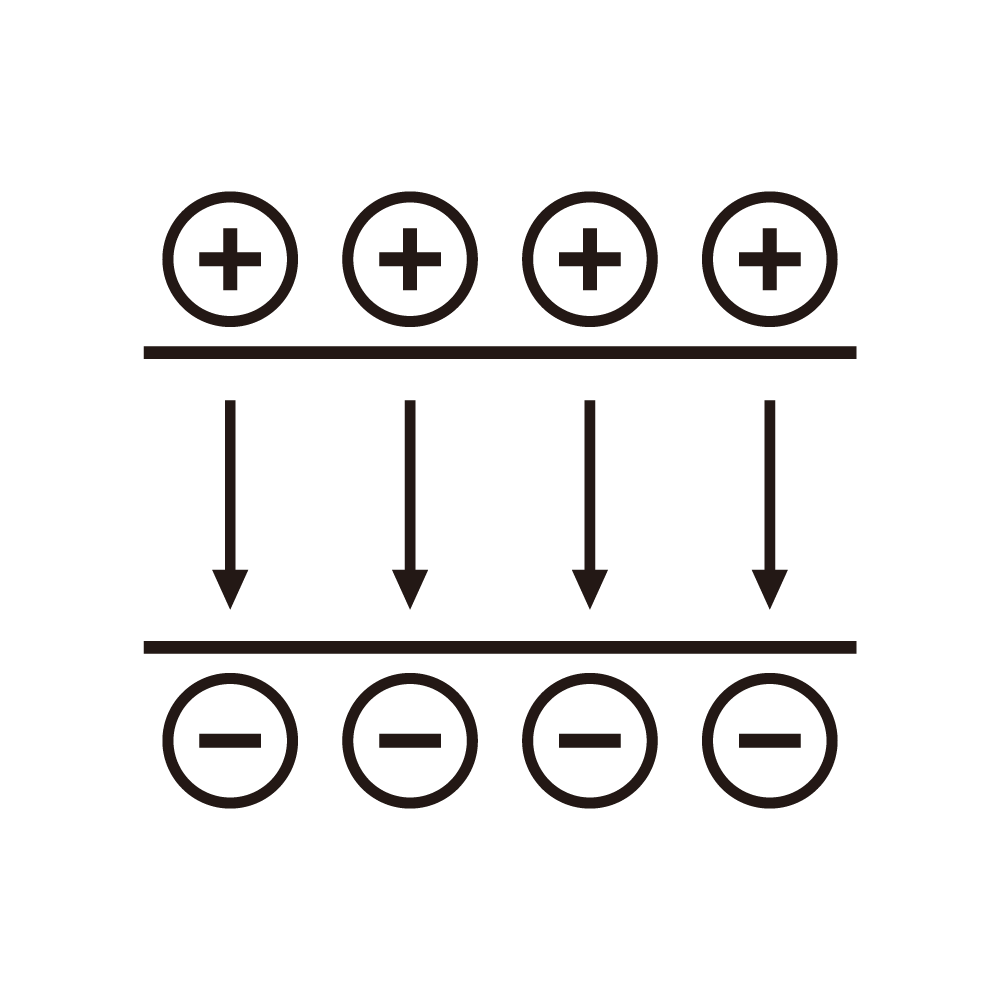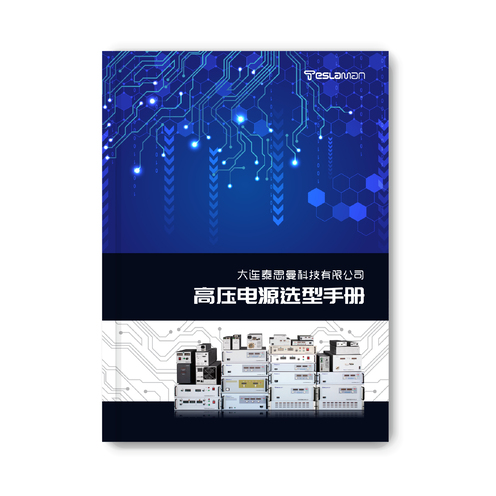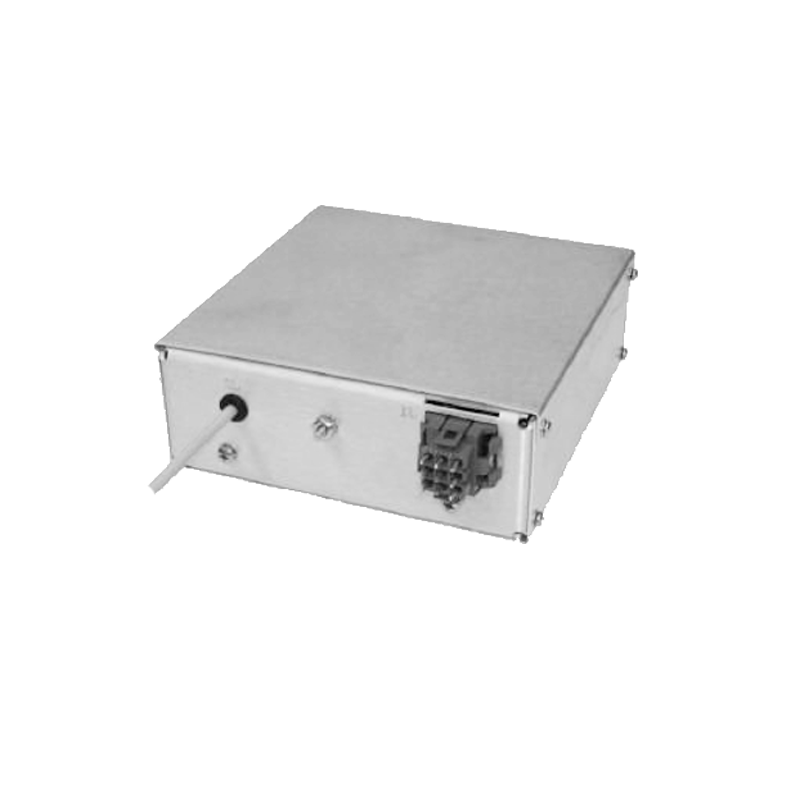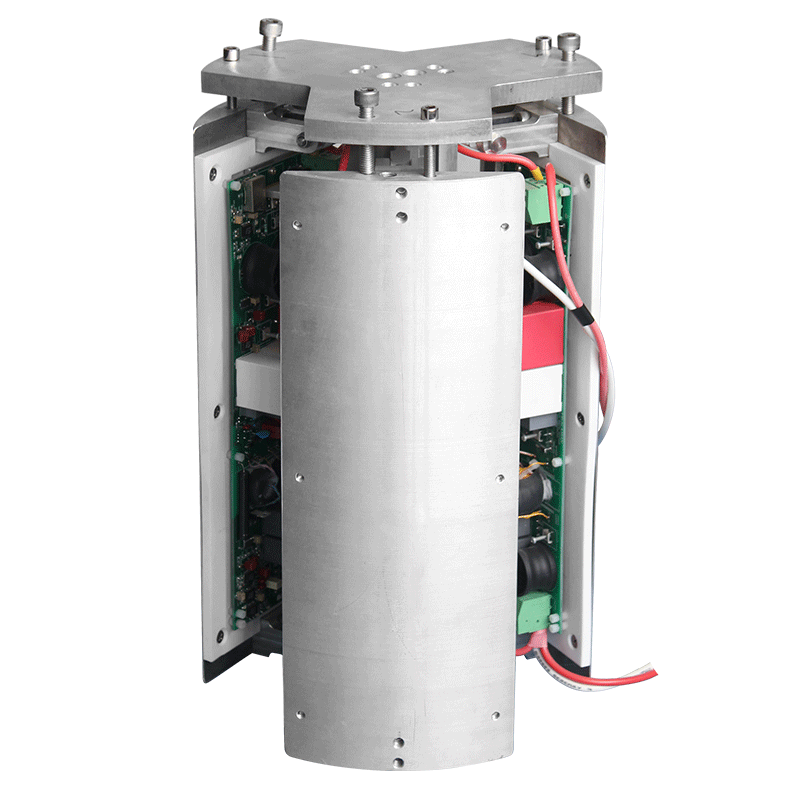The Coordination of High-Voltage Power Supplies for Electrostatic Chucks and Its Applications
Introduction
An electrostatic chuck (ESC) is a device that uses electrostatic force to secure wafers or other workpieces onto processing platforms. It is widely used in semiconductor manufacturing, flat panel displays, and precision machining. The core component of the ESC—high-voltage power supply—provides stable high-voltage output to generate electrostatic force for adsorbing and releasing workpieces. However, in practical applications, the performance of an ESC depends not only on the stability of the high-voltage power supply itself but also on its coordination with other system components. This article explores the basic principles of high-voltage power supplies for ESCs, their coordination mechanisms, and practical application scenarios, highlighting the importance of this technology.
1. Basic Principles of High-Voltage Power Supplies for Electrostatic Chucks
The working principle of an electrostatic chuck is based on the action of electrostatic force. When a high-voltage power supply applies voltage to the electrodes of the chuck, a strong electric field is formed between the electrode and the workpiece, generating electrostatic force that firmly holds the workpiece to the surface of the chuck. Depending on the electrode structure, ESCs can be classified into two types: monopolar and bipolar.
1. Monopolar Electrostatic Chuck
A monopolar ESC uses a single electrode and applies positive or negative DC voltage through the high-voltage power supply, utilizing Coulombic force to adsorb conductive workpieces.
2. Bipolar Electrostatic Chuck
A bipolar ESC consists of two adjacent electrodes, which apply alternating voltages of opposite polarity through the high-voltage power supply, using Johnson-Rahbek force to adsorb insulating workpieces.
Regardless of the type, the output parameters of the high-voltage power supply (e.g., voltage amplitude, frequency, and waveform) directly affect the adsorption force and uniformity of the ESC. Therefore, the design of the high-voltage power supply must meet the following requirements:
1. High Stability
Fluctuations in output voltage can lead to unstable adsorption forces, affecting processing accuracy.
2. Fast Response
In certain dynamic processes, the high-voltage power supply needs to quickly adjust its output parameters to adapt to changes in the workpiece.
3. Safety
Operating at thousands of volts or higher, the high-voltage power supply must include comprehensive protection mechanisms to prevent overvoltage, overcurrent, or short-circuit faults.
4. Electromagnetic Compatibility (EMC)
Electromagnetic interference generated during operation may affect nearby equipment, so shielding, grounding, and filtering measures are necessary.
2. Coordination Mechanisms of High-Voltage Power Supplies for Electrostatic Chucks
The high-voltage power supply for an ESC does not operate in isolation but works in coordination with multiple system components to accomplish complex process tasks. Below are some typical coordination mechanisms:
1. Coordination with Temperature Control Systems
In semiconductor manufacturing, ESCs often integrate heating or cooling functions to maintain a constant temperature for the workpiece. The high-voltage power supply needs to communicate in real time with the temperature control system to ensure stable adsorption force under varying temperatures. For example, when rising temperatures cause changes in electrode resistance, the power supply should automatically adjust its output voltage to compensate for the loss of adsorption force.
2. Coordination with Gas Flow Control Systems
In some processes, inert gases (such as nitrogen or argon) are introduced to the surface of the ESC to improve adsorption or protect the workpiece surface. The high-voltage power supply needs to coordinate with the gas flow control system to ensure that the adsorption force remains unaffected under gas flow conditions. Additionally, when gas pressure changes, the power supply should dynamically adjust its output parameters to maintain uniform adsorption force.
3. Coordination with Mechanical Motion Systems
In multi-station processing equipment, the ESC may need to move or rotate frequently. The high-voltage power supply must coordinate with the mechanical motion system to ensure that the adsorption force does not weaken due to vibration or positional changes during movement. For example, in high-speed rotating chucks, the power supply can monitor adsorption force in real time through closed-loop feedback mechanisms and dynamically adjust the output voltage.
4. Coordination with Process Monitoring Systems
Modern processing equipment typically includes intelligent monitoring systems for real-time data collection. The high-voltage power supply needs to coordinate with these systems to upload output parameters (e.g., voltage, current, and power) to the central control system, enabling operators to monitor the status of the chuck and make optimization adjustments promptly.
5. Coordination with Fault Diagnosis Systems
During operation, the high-voltage power supply may face risks such as overvoltage, overcurrent, or short circuits. By coordinating with fault diagnosis systems, abnormal conditions can be monitored in real time, triggering protective mechanisms. For example, when electrode short circuits are detected, the power supply can immediately cut off the output and issue an alarm signal.
3. Practical Application Scenarios of High-Voltage Power Supplies for Electrostatic Chucks
1. Semiconductor Manufacturing
In photolithography, etching, and thin-film deposition processes, ESCs are used to secure silicon wafers or other substrates. Through coordination with temperature control and gas flow systems, the high-voltage power supply ensures stable adsorption force under high-temperature or vacuum conditions, improving processing accuracy and yield.
2. Flat Panel Display Manufacturing
In the production of LCD panels and OLED screens, ESCs are used to secure glass substrates. Through coordination with mechanical motion systems, the high-voltage power supply ensures consistent adsorption force during high-speed transport and multi-station switching, preventing substrate displacement or breakage.
3. Precision Machining
In the processing of optical components and microelectromechanical systems (MEMS), ESCs are used to secure ultra-thin or fragile workpieces. Through coordination with process monitoring systems, the high-voltage power supply adjusts adsorption force in real time to accommodate workpieces of different materials and shapes, enhancing processing efficiency and quality.
4. New Energy Applications
In the manufacturing of lithium-ion batteries and fuel cells, ESCs are used to secure electrode materials. Through coordination with gas flow control systems, the high-voltage power supply ensures uniform adsorption force during coating or cutting processes, improving product performance and reliability.
4. Future Development Trends
With the advancement of smart manufacturing and Industry 4.0, the coordination technology of high-voltage power supplies for ESCs is evolving in the following directions:
1. Intelligent Coordination
Smart coordination systems based on IoT and AI technologies can collect operational data from high-voltage power supplies and other system components in real time, optimizing overall performance through algorithms. For example, machine learning can predict trends in adsorption force changes, allowing for preemptive adjustments to avoid process deviations.
2. Modular Design
New high-voltage power supplies adopt modular architectures, facilitating rapid integration with different types of system components. For instance, users can select specific coordination modules (e.g., temperature control, gas flow, or mechanical motion) based on specific needs, enhancing system flexibility and adaptability.
3. Green and Energy-Efficient Design
Efficient and energy-saving designs not only reduce energy consumption but also lower carbon emissions, aligning with sustainable development goals. For example, introducing new power conversion technologies and materials can significantly improve energy efficiency.
4. Remote Monitoring and Maintenance
Leveraging cloud computing and big data technologies, high-voltage power supplies can achieve remote monitoring and maintenance. For example, real-time analysis of operational data via cloud platforms helps users identify potential issues early and take preventive measures.
Conclusion
The coordination technology of high-voltage power supplies for electrostatic chucks is a key factor in ensuring the efficient operation of modern processing equipment. By working in tandem with temperature control, gas flow, mechanical motion, and process monitoring systems, high-voltage power supplies can significantly enhance the adsorption performance and process stability of ESCs. In the future, with continuous technological innovation, the coordination of high-voltage power supplies will become smarter, more flexible, and more environmentally friendly, providing stronger support for advancements in semiconductor manufacturing, flat panel displays, and precision machining.
